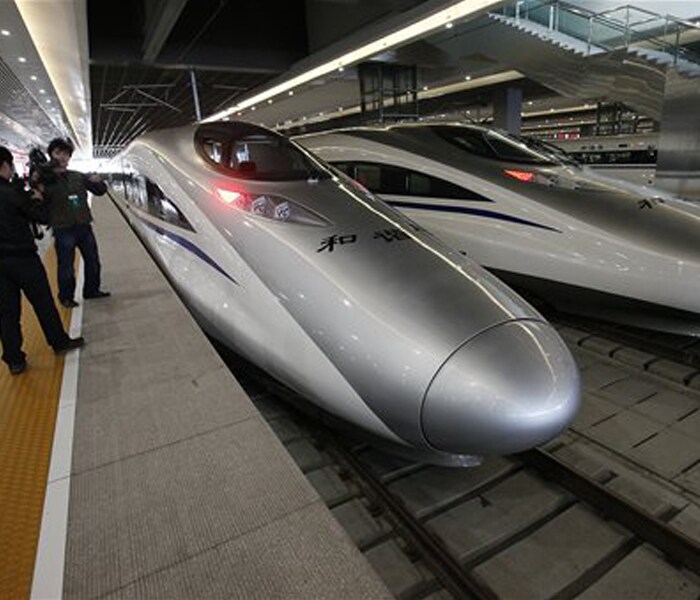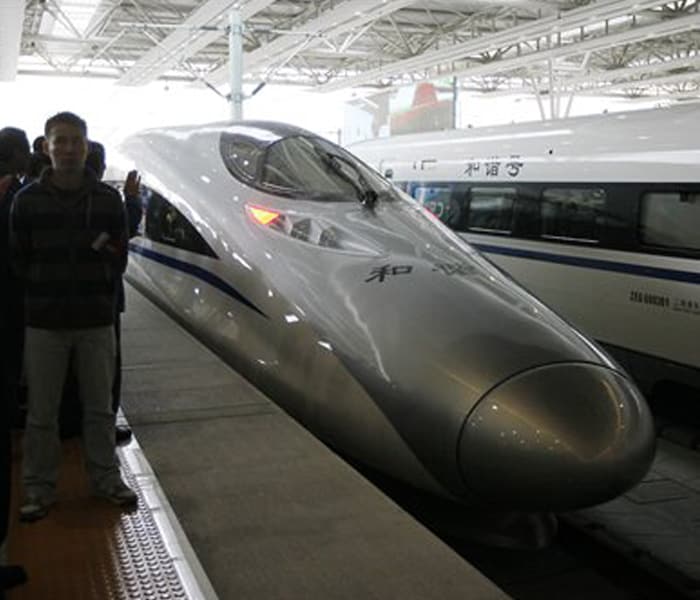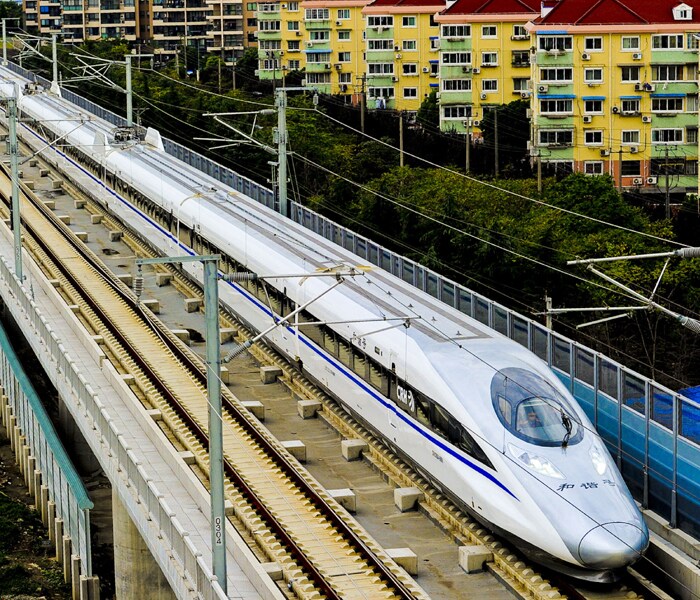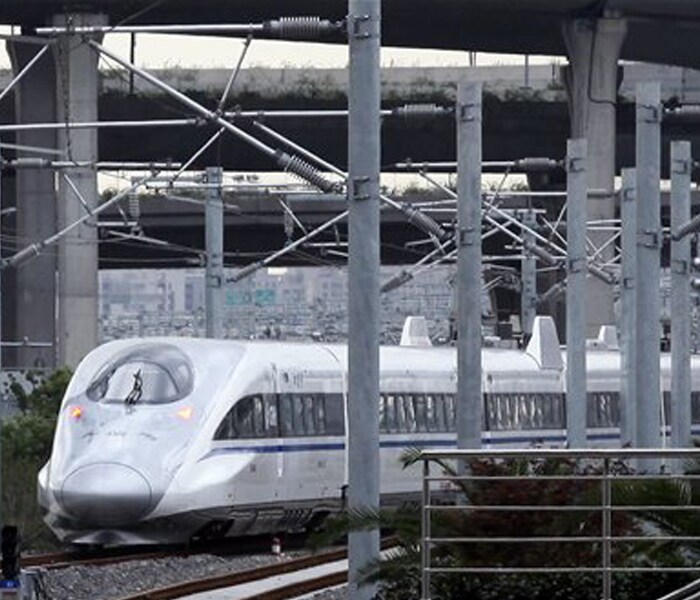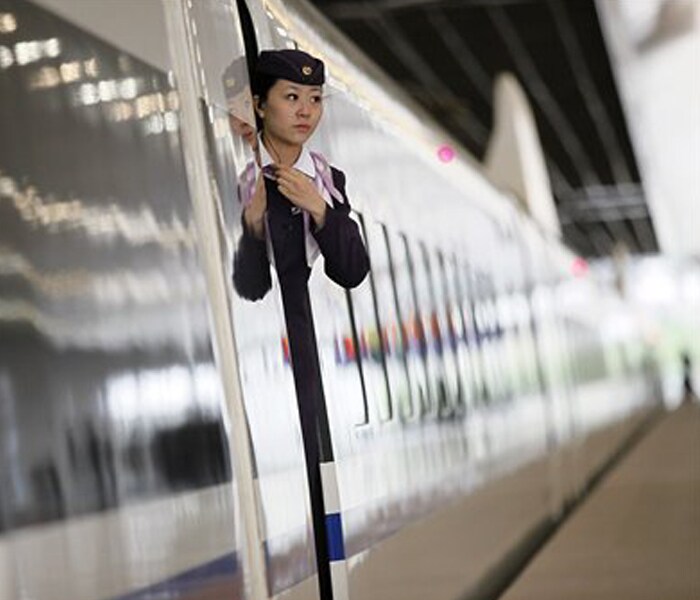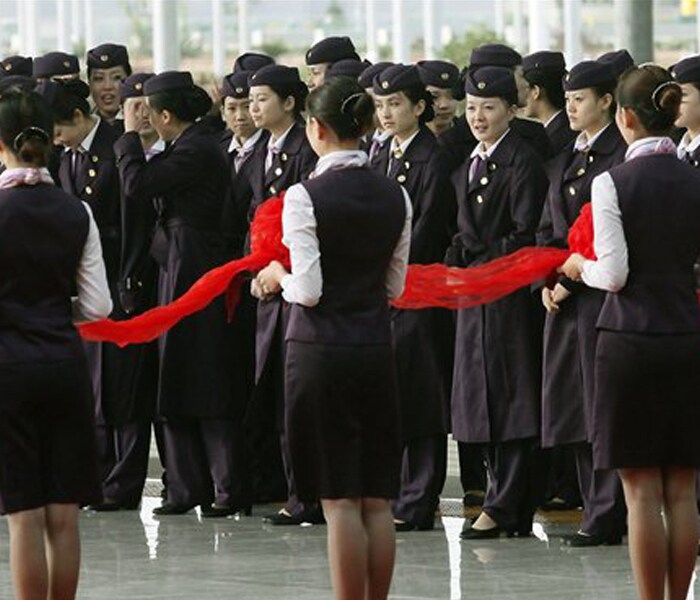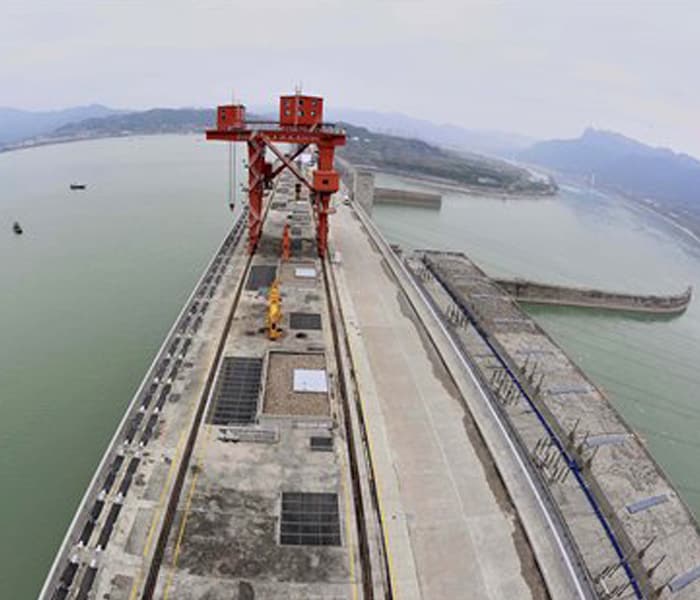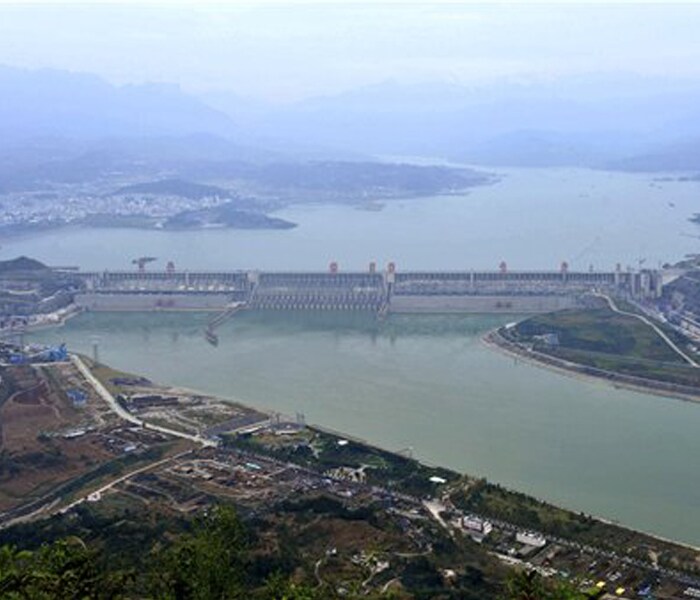With train, dam China displays engineering might
China has unveiled its newest bullet train, the CRH380, which can attain a top speed of 262 mph and announced that the Three Gorges Dam, the world's biggest hydroelectric project, is now generating electricity at maximum capacity — engineering triumphs that signal the nation's growing ambitions as its economy booms. The successes demonstrate how, after decades of acquiring technology from the west, Beijing has begun to push the limits of its new capabilities, setting the bar higher on mega-projects as it seeks to promote the image of a powerful, modern China.
-
China has unveiled its newest bullet train, the CRH380, which can attain a top speed of 420 kilometers per hour (262 mph), a world speed record, and announced that the Three Gorges Dam, the world's biggest hydroelectric project, is now generating electricity at maximum capacity — engineering triumphs that signal the nation's growing ambitions as its economy booms. The successes demonstrate how, after decades of acquiring technology from the west, Beijing has begun to push the limits of its new capabilities, setting the bar higher on mega-projects as it seeks to promote the image of a powerful, modern China. (Photo: AP)
-
Journalists photograph the bullet trains of a new high-speed railway linking Shanghai, China's economic hub, and Hangzhou, capital of east China's Zhejiang Province. Trains on the line will travel at an average speed of 350 kilometers per hour, shortening the trip between to 45 minutes from 78 minutes. The country is rapidly expanding and upgrading its railway network amid increased pressures on its transportation system. (Photo: AP)
-
China already has the world's longest high-speed rail network and aims to more than double its length to 10,000 miles (16,000 kilometers) by 2020. "We are now much faster," Railway Ministry spokesman Wang Yongping said at the inauguration of the super-fast line. "Now other countries are hoping to cooperate with us." (Photo: AP)
-
Train attendants participate in the opening ceremony of a new high-speed railway linking Shanghai with Hangzhou in Shanghai. China already has the world's longest high-speed rail network and aims to more than double its length to 10,000 miles (16,000 kilometers) by 2020. (Photo: AP)
-
Construction of the 410-mile (660-kilometer)-long reservoir began in 1993 and it began storing water in 2003, but the dam was only finished in 2006. Company chairman Cao Guangjing called it a "historical milestone." He said annual power generation will reach 84.7 billion kilowatt hours which would "enable the project to fulfill its functions of flood control, power generation, navigation and water diversion to the full."
Average economic growth rates of more than 9 percent per year over the past two decades have laid the foundation for rapid progress in a growing number of fields. The 2008 Beijing Olympics and this year's mammoth Shanghai World Expo have demonstrated a growing managerial sophistication as well as ability to build infrastructure on an enormous scale. (Photo: AP)

